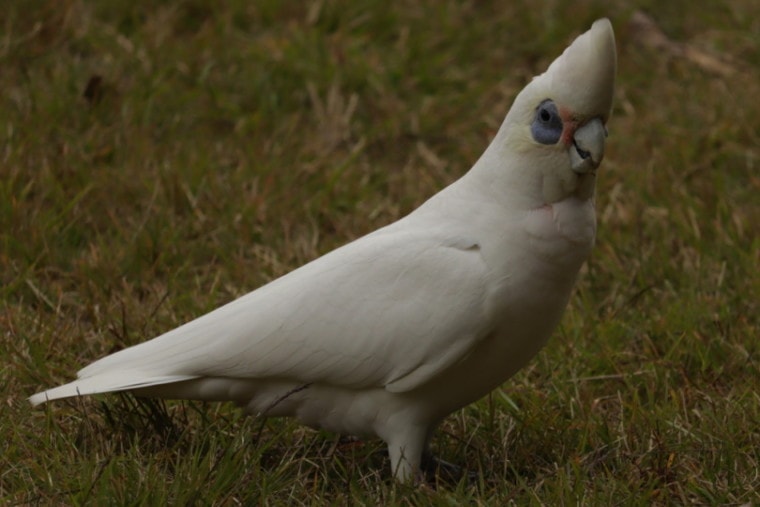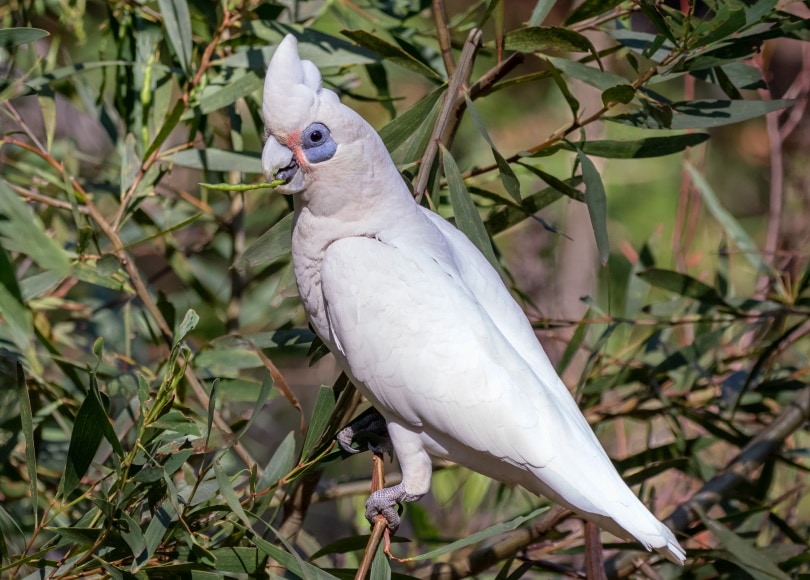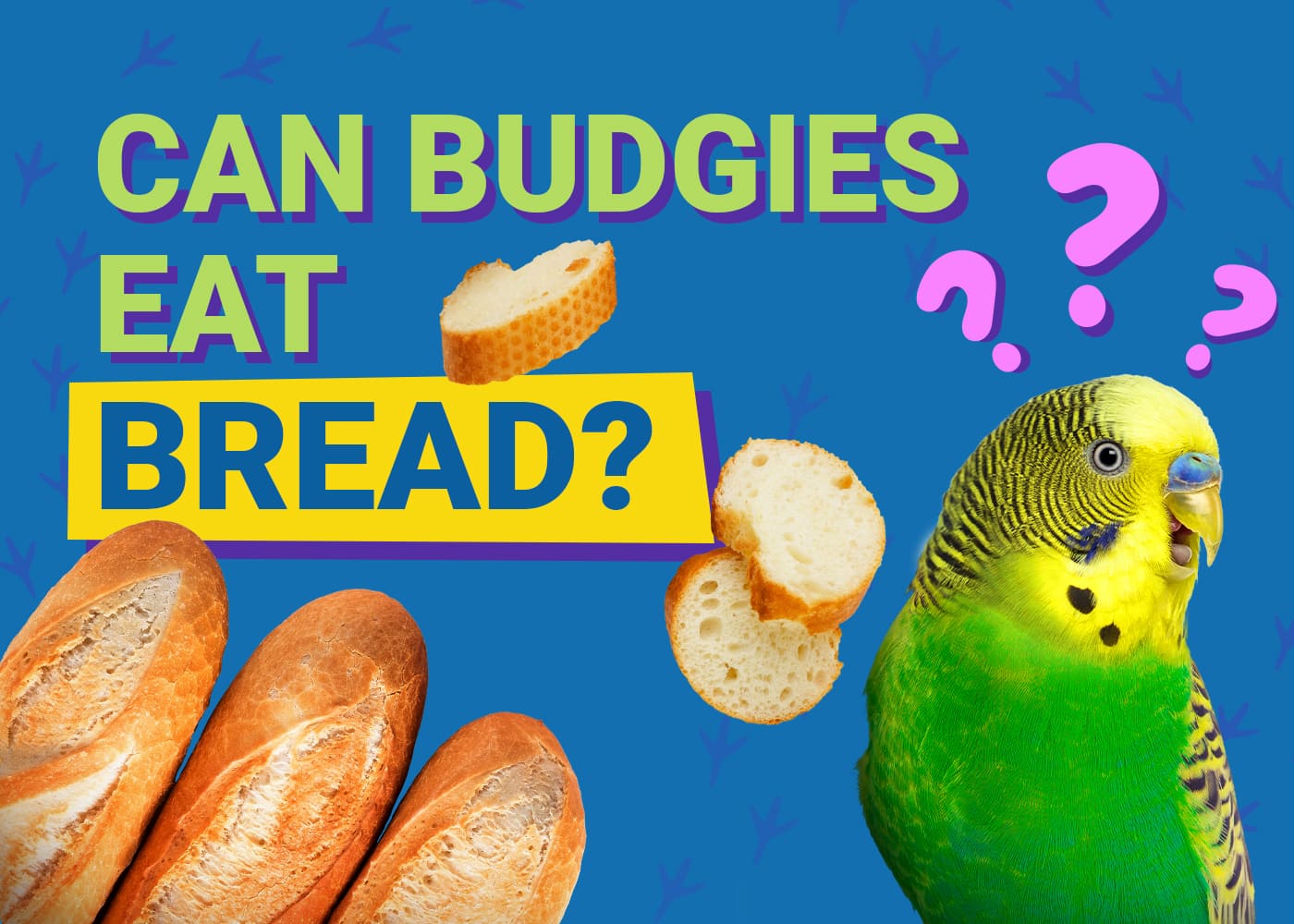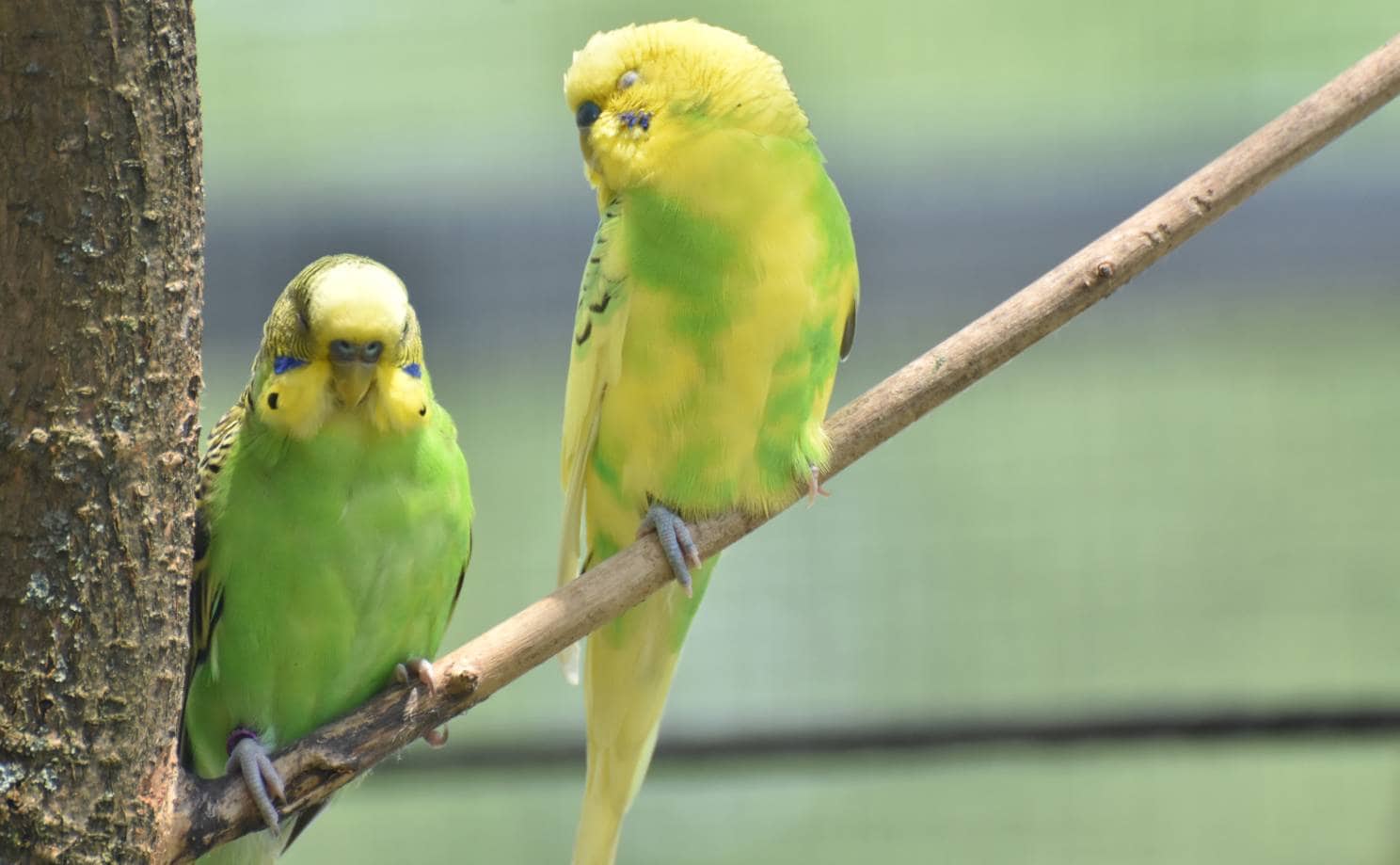
The mostly white Bare-Eyed cockatoo is one of the smaller members of the cockatoo family, making it somewhat easier to keep and care for. This beautiful, affectionate, and fun-loving bird is commonly called the ‘Little Corella’. Many bird enthusiasts keep the Bare-Eyed cockatoo as a pet because this bird is less demanding than most other cockatoos and a bit more on the independent side.
While the Little Corella isn’t the most colorful parrot in the world, it makes up for its plain look with a big personality. This bird is smart, sweet, playful, and one of the best talking cockatoos kept as pets.
Species Overview

| Common Names: | Little Corella, Short-Billed Corella, Blued-Eyed cockatoo, Blood-Stained cockatoo |
| Scientific Name: | Cacatua sanguinea |
| Adult Size: | 15-16 inches long |
| Life Expectancy: | 50 years |
Origin and History
The Bare-Eyed cockatoo is native to Australia and the southern parts of New Guinea. The first known description of this bird was made in 1843 by an English ornithologist. This white parrot is not found in thickly forested regions because it prefers living along coastal plains and arid deserts.
These white cockatoos are also found living in agricultural zones and urban areas. There are so many Bare-Eyed cockatoos in Australia that they’re considered a nuisance by many people.
Since long ago, Bare-Eyed cockatoos have been a part of the Aboriginal culture. Tribes would keep these birds as pets, hunt them for food, and use their feathers for headgear decoration.
Temperament
If you’re looking for a pet bird that’s a real charmer, you’ll love keeping a Bare-Eyed cockatoo. This bird is intelligent, highly energetic, and a bird that loves clowning around. This bird loves nothing more than playing around, exercising its strong beak, and being silly. When you own a Little Corella, the bird will spend its time either chatting up a storm and playing or being calm and affectionate.
Often described as the most mentally stable cockatoo, the Little Corella is a very social bird that loves to play and interact with its owner. These birds are so social that they crave interaction with their owners. If they feel neglected, they can resort to destructive behavior. This is why you must be sure that you have plenty of time available to spend with your new bird before bringing home a Bare-Eyed cockatoo.
Without a doubt, the Little Corella makes the perfect bird companion for anyone who wants a bird that’s full of personality and fun!
Speech & Vocalizations
Like all cockatoos, the Bare-Eyed cockatoo loves to make noise. However, the Little Corella is less talkative than other cockatoos, although they can be loud and repetitive. This bird is well-known for its ability to mimic human speech. People who keep these birds enjoy how they loudly mimic what’s being said in a slurred and incredibly silly manner.
Once a Bare-Eyed cockatoo has learned a new word or phrase, he can loudly repeat it over and over again, which can be annoying and a cause for some tension. Because these birds are loud and chatty, they’re not great apartment dwellers as they can easily irritate neighbors.
Bare-Eyed Cockatoo Colors and Markings
The Bare-Eyed cockatoo is primarily white with touches of salmon-pink on its face. This bird has a horn-colored beak. Some Bare-Eyed cockatoos sport a light brown color on the underwings and tails while others may have yellow smudges under their ears.
This bird gets its name from the rings around the eyes that are bluish-gray in color. The distinctive puffy eye rings make the Little Corella look like it’s missed more than a few nights’ sleep. This bird’s scientific name ‘Cacatua sanguinea’ means “blood-stained cockatoo” that pertains to the pinkish-colored markings between the eyes and beak that look like bloodstains.

Caring for the Bare-Eyed Cockatoo
As a social bird, the Bare-Eyed cockatoo craves companionship. While this bird can be kept alone, it will be at its happiest living with another Bare-Eyed cockatoo. If possible, get a pair of Little Corellas because a human cannot provide the same level of stimulation necessary to keep this bird happy and healthy.
This bird, like other cockatoos, can benefit from a weekly bath. Some Little Corellas enjoy splashing around in the tub and under a faucet while others enjoy being misted with a water bottle. You can also provide this bird with a shallow dish of water for bathing. If your Bare-Eyed cockatoo isn’t partnered with another bird, it will need some help with preening. Spend some time lightly scratching the top of your bird’s head and the neck in the direction of the feathers. You can trim the bird’s wings to discourage flight and to prevent it from escaping through an open window or door. You’ll have to trim the bird’s claws if they don’t get worn down from climbing and chewing.
Bare-Eyed cockatoos are extraordinarily playful so it’s necessary to provide your bird with several bird toys. If the bird becomes bored, it’s prone to destroying things and plucking out its feathers so keep your feathered friend occupied.
Having a play area or an extra enclosure for a Little Corella will prove beneficial. The play area/enclosure should have lots of climbing branches, bird ladders, swings, ropes, and fresh branches for chewing and gnawing to keep your bird psychologically happy.
Common Health Problems
Blue-Eyed cockatoos are generally very robust, healthy birds. However, like other cockatoos,
It’s also common for Bare-Eyed cockatoos to suffer from nutritional deficiencies. This can happen if the bird isn’t fed properly. The good news is that a nutritional deficiency is preventable with vitamin supplements or by adding more fruits, vegetables, and high-quality pellets to the bird’s diet. The biggest problems these cockatoos suffer from are general malaise and behavioral issues when they’re not given enough attention and interaction with their owners.
Diet and Nutrition
In the wild, Bare-Eyed cockatoos primarily feed on the ground but sometimes eat in trees and shrubs. These birds enjoy eating a variety of seeds, insects, fruits, and nectar. When kept in captivity, things are different.
A pet Blue-Eyed cockatoo must be provided with a high-quality pellet diet. This bird should also be fed a variety of fresh vegetables and fruits every day. It’s fine to give a Little Corella a treat now and then like a handful of walnuts or almonds. However, these nuts are high in fat so don’t overdo it!
Every day, feed your Bare-Eyed cockatoo a quarter of a cup of pellets and the same amount of chopped up fruits and vegetables. If your bird is still hungry after feeding time, you can gradually increase the amount as needed.
Don’t feed your Bare-Eyed cockatoo avocados or chocolate as these items are toxic to birds. Of course, you’ll need to give your bird plenty of fresh drinking water to keep it well-hydrated.
Exercise
Like other pet birds, Bare-Eyed cockatoos need plenty of exercise. This bird also needs to spread its wings now and then so make sure you get a cage that offers the bird lots of room. When it comes to cage size for a Little Corella, the bigger the better. When your cockatoo is kept in a large cage, it can spread its wings without touching the bars and will have plenty of room for climbing on ladders, swinging on ropes, and playing with bird toys.
As explained above, exercise and play are key to your bird’s physical and psychological health. A clear sign that your Bare-Eyed cockatoo is getting plenty of exercise is when it spends most of its time performing, playing with toys inside the cage, and inventing fun new games.
Where to Adopt or Buy a Bare-Eyed Cockatoo
Since Bare-Eyed cockatoos are abundant and popular birds to keep as pets, it’s easy to find these birds for sale or adoption. Look for a breeder in your area or visit your local pet store to see if there are any available. It’s always best to buy a Bare-Eyed cockatoo from a reputable breeder who has experience raising these wonderful birds.
Be sure the bird you choose to adopt or buy is healthy, active, and alert. Don’t neglect to ask the seller any questions you have about the bird’s general health and background. In the end, you want to buy or adopt a Little Corella that will live a long, healthy life.
Final Thoughts
A Bare-Eyed cockatoo may not be the world’s most colorful cockatoo, but this bird is full of charm and chattiness. It is best to get a pair of these birds as Blue-Eyed Cockatoos enjoy companionship.
When you welcome a Little Corella into your home, you’ll have a friend for life that will give you plenty of reasons to smile and laugh. These are extremely playful birds that bond easily with people.
Featured Image Credit: Scenery and Suburbia, Shutterstock







